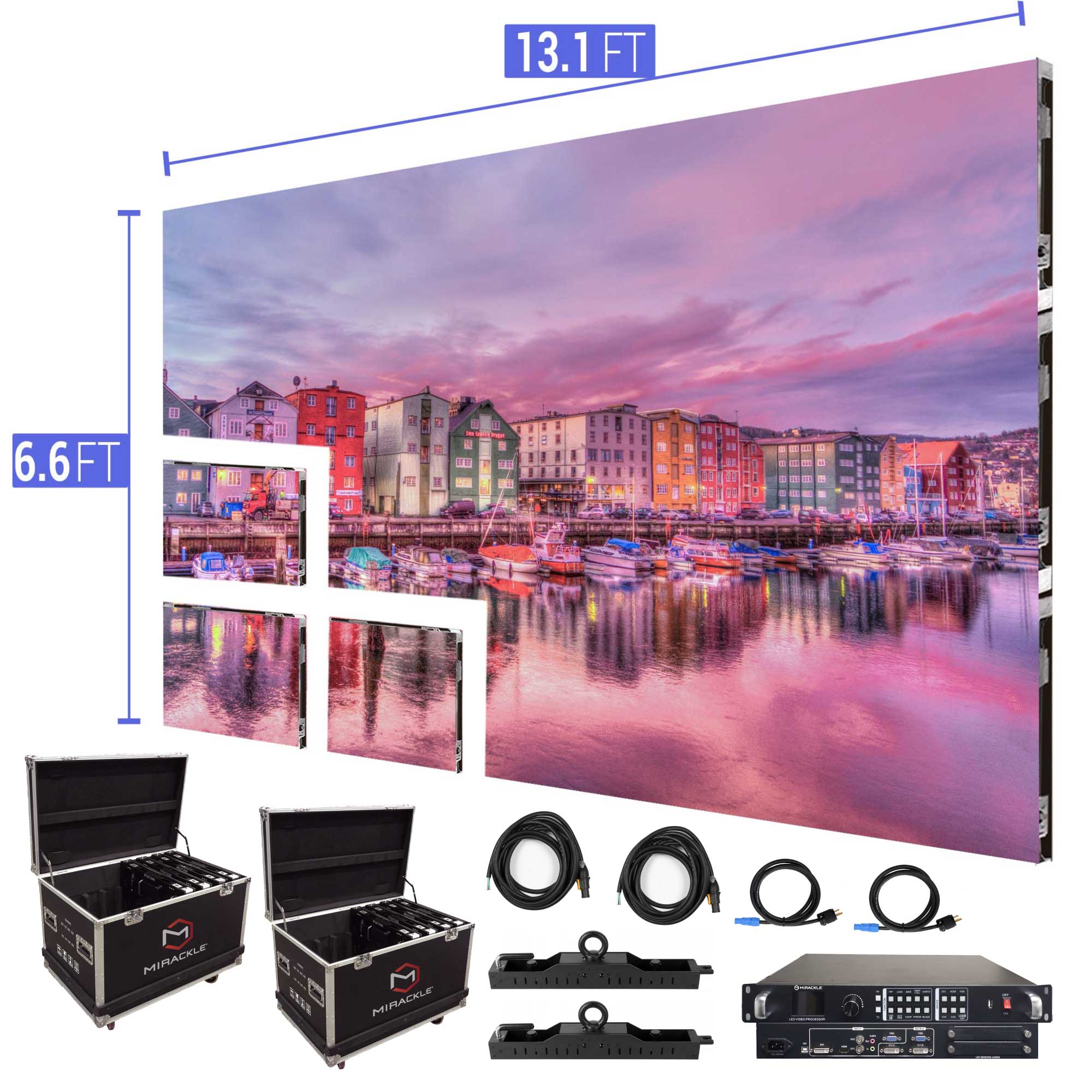Light Emitting Diode panel screens have become increasingly popular across different environments, including residences and commercial spaces as well as communal areas. Such screens tend to be known due to their vivid as well as dynamic visuals, that render these suitable for conveying data, ads, as well as engagement. Nevertheless, comprehending brightness brightness measurements of LED wall panels is crucial to guaranteeing ideal visual performance. Brightness is measured in units called nits, that indicate how much light is emitted by a screen. A greater number of quantity in nits, the brighter a visual is. For instance, example, a panel with 1,000 candelas stands considerably brighter than one with five hundred candelas, rendering this one more suitable for well-lit settings.

When choosing a LED panel screen, one becomes important to consider the setting where that the screen will be placed. In brightly lit areas, like retail environments and open-air locations, higher increased brightness level becomes essential for guaranteeing clarity. Conversely, within dimmer settings, like cinemas and meeting spaces, a lower brightness level may be adequate. This is because excessive bright unnecessary luminosity in a dark environment may result to discomfort for viewers, making it more difficult for concentrate with a screen. Thus, comprehending specific particular needs for an setup site will help in choosing the suitable illumination rate to ensure ideal visual experience.
A further crucial element for take into account the contrast differential proportion in an Light Emitting Diode panel screen. This contrast measurement measures original site the difference exists between the most luminous light versus the darkest black shade which a screen is able to produce. A higher contrast ratio means that the display can present greater clarity as well as richness, thereby improves general visual clarity. For example, one screen boasting an contrast ratio of 10,000:1 will display images with greater brilliant hues as well as crisper features compared to one with a proportion at one thousand to one. Such becomes particularly important when displaying visuals and motion graphics which require high clarity and fine details, including presentations and advertising material.
Additionally, the technology behind Light Emitting Diode panel screens has an essential part for the brightness and overall efficiency. Various kinds of LED methods, including OLED and LCD, possess distinct traits that impact how brightness is perceived. Organic Light Emitting Diode screens often offer better differential as well as darker blacks, which may improve the viewing experience within dim settings. On the other hand, traditional Light Emitting Diode screens may be better in bright environments due to the capacity to produce greater amounts Click Here of brightness. Comprehending such technological differences will help users to deciding on informed choices according to specific specific needs.
In conclusion, consistent maintenance as well as adjustment of LED panel screens may help preserve ideal brightness and efficacy long-term. Dust and particles may build up on a screen, affecting the illumination as well as clarity of a visual. Periodic washing as well as professional calibration may ensure that panel panel operates in its best, offering consistent image clarity. Moreover, some sophisticated Light Emitting Diode wall screens come with integrated features that enable operators to modify illumination levels and hue settings based on individual preferences. Through implementing these measures, operators will guarantee that LED Light Emitting Diode wall screens provide the optimal display performance, no matter the environment in that they are used.